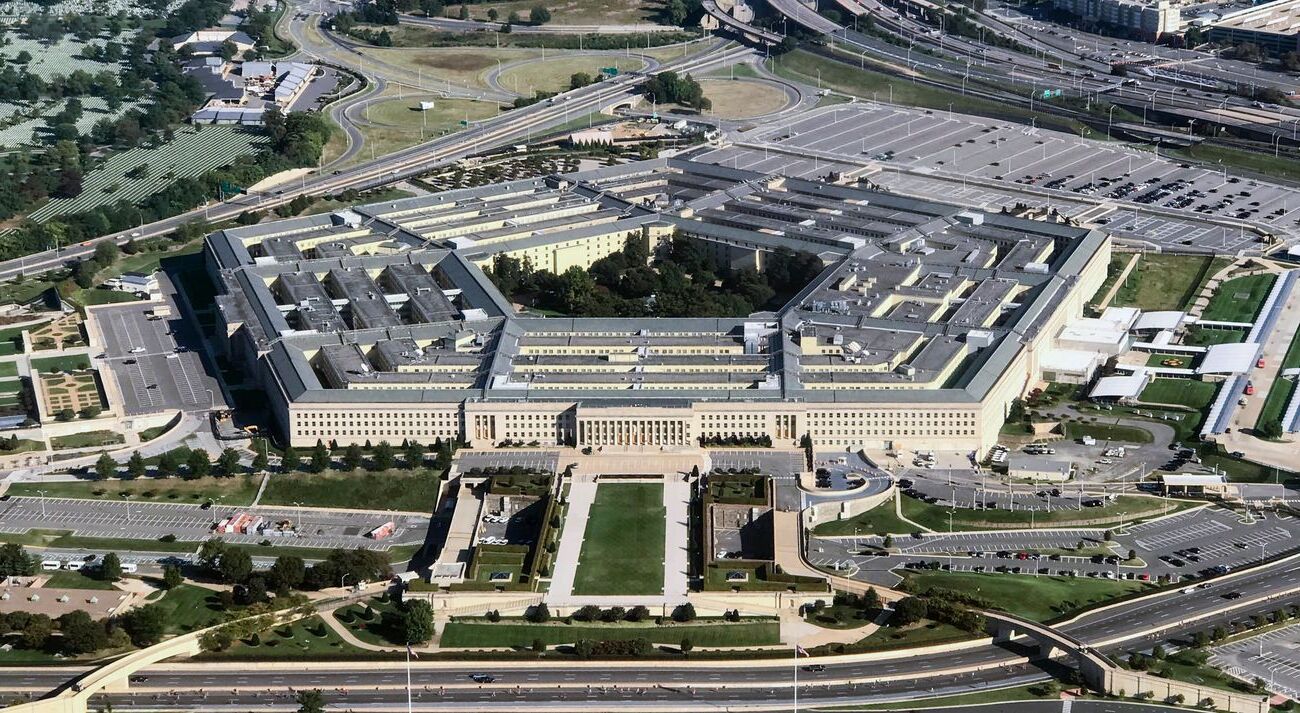
Headquarters are the nerve centers of organizations, where key decisions are made and strategies are crafted. Ever wondered what makes these places tick? Headquarters often house top executives, critical departments, and essential resources. They serve as the command hub, ensuring smooth operations and effective communication. From tech giants in Silicon Valley to government agencies in Washington D.C., headquarters play a pivotal role in shaping the future. Curious about the fascinating world of headquarters? Let's dive into 29 intriguing facts that will give you a deeper understanding of these vital organizational hubs. Get ready to be amazed!
Key Takeaways:
- Headquarters are more than just office buildings; they are historical, architectural, and cultural landmarks that reflect the identity and values of the organizations they represent.
- Many modern headquarters prioritize sustainability and environmental initiatives, incorporating eco-friendly features and practices to minimize their impact on the planet.
Fascinating Facts about Headquarters
Headquarters are the nerve centers of organizations, where major decisions are made and strategies are crafted. They often reflect the culture and values of the company or institution they represent. Here are some intriguing facts about headquarters from around the world.
Historical Headquarters
Many headquarters have rich histories that add to their allure. These buildings often have stories that span decades or even centuries.
- The Vatican City serves as the headquarters of the Roman Catholic Church. It is the smallest independent state in the world, both by area and population.
- The Pentagon, headquarters of the United States Department of Defense, is one of the world's largest office buildings, with about 6.5 million square feet of space.
- Buckingham Palace in London is not just the residence of the British monarch but also the administrative headquarters of the monarchy.
- The Kremlin in Moscow serves as the official residence of the President of Russia and is a historic fortified complex that dates back to the 15th century.
- The United Nations Headquarters in New York City was completed in 1952 and is considered international territory, meaning it is not subject to the laws of the United States.
Modern Marvels
Modern headquarters often showcase cutting-edge architecture and technology, reflecting the innovative spirit of their organizations.
- Apple Park in Cupertino, California, is the headquarters of Apple Inc. It features a massive circular building often referred to as "the spaceship."
- The Googleplex in Mountain View, California, is the corporate headquarters of Google. It is known for its quirky design and employee-friendly amenities.
- Amazon's headquarters in Seattle, known as the Day 1 building, features three glass spheres filled with over 40,000 plants from around the world.
- Facebook's headquarters in Menlo Park, California, includes a rooftop park and a 9-acre green space.
- The Salesforce Tower in San Francisco is the tallest building in the city and serves as the headquarters for Salesforce.
Unique Locations
Some headquarters stand out due to their unique locations, which can range from bustling city centers to serene countryside settings.
- The headquarters of IKEA is located in a small town called Älmhult in Sweden, where the company was founded.
- The headquarters of LEGO is in Billund, Denmark, a town with a population of just over 6,000 people.
- Patagonia's headquarters are in Ventura, California, close to the beach, reflecting the company's commitment to environmentalism.
- The headquarters of Red Bull is in Fuschl am See, Austria, a picturesque village by a lake.
- The headquarters of the World Bank is in Washington, D.C., strategically located near other international organizations and government institutions.
Architectural Wonders
Some headquarters are renowned for their architectural beauty and innovative design, making them landmarks in their own right.
- The Hearst Tower in New York City, headquarters of Hearst Communications, is known for its distinctive diagrid design.
- The Lloyd's building in London, headquarters of the insurance market Lloyd's of London, is famous for its "inside-out" design, with services like elevators and pipes on the exterior.
- The Gherkin, also in London, serves as the headquarters for several companies and is known for its unique, pickle-like shape.
- The Torre Agbar in Barcelona, headquarters of the water company Aigües de Barcelona, is a colorful, bullet-shaped skyscraper.
- The Bank of China Tower in Hong Kong, designed by I.M. Pei, is one of the most recognizable skyscrapers in the world.
Cultural Significance
Headquarters often play a significant role in the culture and identity of the organizations they house.
- The headquarters of the Walt Disney Company in Burbank, California, features a building called the Team Disney – The Michael D. Eisner Building, adorned with statues of the Seven Dwarfs.
- Nike's headquarters in Beaverton, Oregon, includes buildings named after famous athletes like Michael Jordan and Serena Williams.
- The headquarters of the New York Times in Manhattan is designed to reflect transparency and openness, with a glass facade that allows passersby to see inside.
- The headquarters of the BBC in London, known as Broadcasting House, is a historic building that has been in use since 1932.
- The headquarters of the World Health Organization in Geneva, Switzerland, is a hub for global health initiatives and policies.
Environmental Initiatives
Many modern headquarters are designed with sustainability in mind, incorporating eco-friendly features and practices.
- The Edge in Amsterdam, headquarters of Deloitte, is often called the greenest building in the world due to its energy-efficient design.
- The headquarters of Unilever in London, known as Unilever House, features a green roof and other sustainable design elements.
- The headquarters of the Bill & Melinda Gates Foundation in Seattle is LEED Platinum certified, the highest level of certification for green buildings.
- The headquarters of the World Wildlife Fund in Washington, D.C., is designed to be environmentally friendly, with features like rainwater harvesting and solar panels.
Final Thoughts on Headquarters
Headquarters are more than just buildings; they symbolize power, culture, and innovation. From the Pentagon's unique shape to Googleplex's quirky design, each headquarters tells a story. These structures often reflect the values and ambitions of the organizations they house. Whether it's the Vatican's religious significance or Apple Park's futuristic vibe, headquarters can inspire and influence. They serve as hubs for decision-making, creativity, and collaboration. Understanding the facts about these iconic places gives us a glimpse into the heart of some of the world's most influential entities. So next time you see a famous headquarters, remember there's more to it than meets the eye. It's a blend of history, architecture, and purpose.
Frequently Asked Questions
Was this page helpful?
Our commitment to delivering trustworthy and engaging content is at the heart of what we do. Each fact on our site is contributed by real users like you, bringing a wealth of diverse insights and information. To ensure the highest standards of accuracy and reliability, our dedicated editors meticulously review each submission. This process guarantees that the facts we share are not only fascinating but also credible. Trust in our commitment to quality and authenticity as you explore and learn with us.


